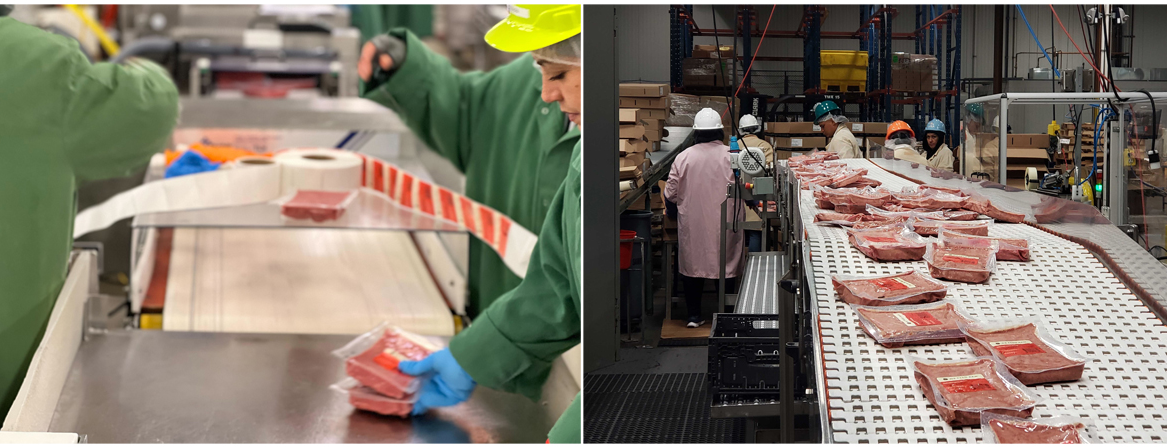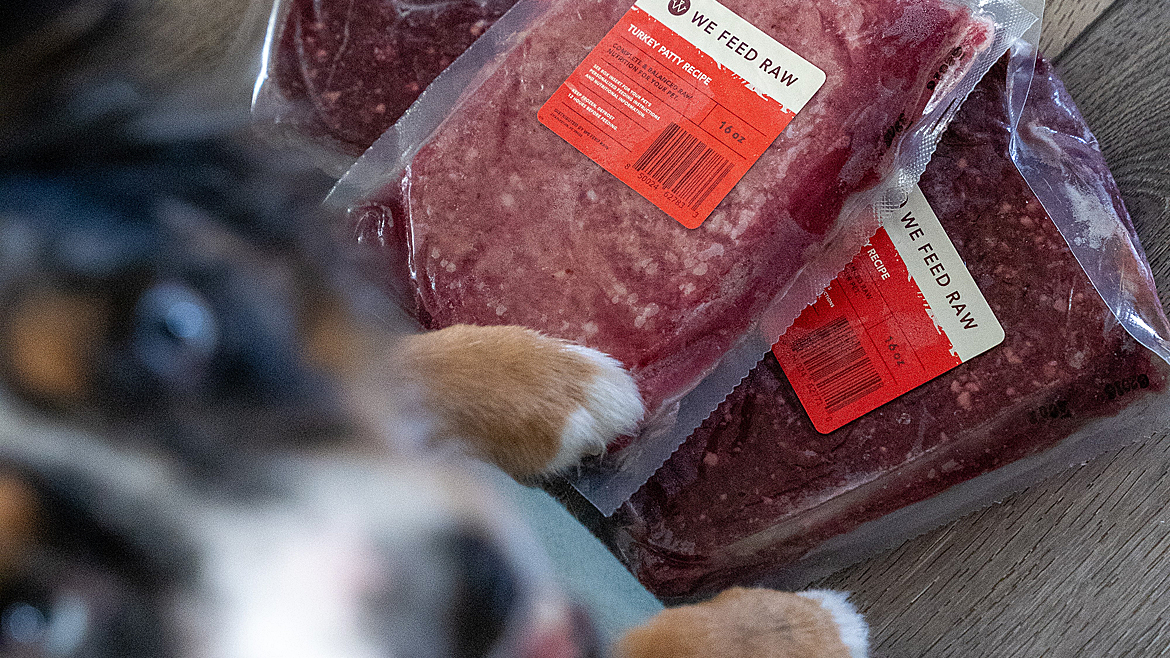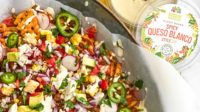Fido’s dinner is likely in the fridge.
Pet ownership is on the rise, with the COVID-19 pandemic fueling growth and the data suggests that it is not slowing down any time soon.
In U.S. homes, family includes pets, with most Americans (62%) owning at least one pet and a nearly universal amount – 92% - saying they are like family, according to a July 2023 survey by Pew Research Center. There was a significant difference in the growth of pet ownership between the decade preceding COVID-19 and post pandemic. Looking back at the decade prior, there was a 4.7% growth in American pet ownership from 2009-2019. In comparison, that growth rate more than doubled to 9.77% growth from 2020-2022, according to a national survey the American Pet Products Association.
For the millions of Americans who own pets, an increasing number of them are treating their four-legged friends to finer foods. And, the manufacturing and processing methods used in refrigerated and frozen pet foods are often identical to that of foods for human consumption, said Carl Wu, quality and safety specialist at We Feed Raw, a refrigerated, subscription-based dog food brand founded in 2009.
“From a safety perspective, pet foods and human foods are regulated under nearly identical standards, which require the reduction or removal of hazards, quality assurance and testing, labeling and traceability, all of which are designed to safeguard the health of humans and pets alike,” he said.
We Feed Raw uses USDA-inspected, human-grade raw meats that are ground and mixed in nutritionist-designed formulas and subjected to high pressure processing to lock in freshness and neutralize pathogens. The rise in fresh and frozen pet foods is following consumer’s own desires for “clean labels” free of chemicals and preservatives.

“This is due to both the processing methods and raw materials used in traditional dry kibble, which often destroys or greatly reduces the amount of nutrition that our pets can consume on a regular basis. For example, most kibbles are made with fillers, high carbohydrates, lower-quality proteins, preservatives and rendered animal proteins, which are safe, but not providing any substantial health benefits to our pets. It's almost akin to feeding fast food to your pet for every meal,” Wu said. “Furthermore, even in the dry foods which use higher-quality ingredients, the nutrients in those ingredients are often damaged or removed by high-heat processing.
A 2022 survey of 300 pet food-manufacturing leaders found that many are racing to add capacity to meet consumer demand driven by the “humanization of pet food.”
CRB’s Pet Food Horizons report found that among pet food processors, there is an appetite for innovative ingredients, automating the manufacturing process and future-proofing operations.
Respondents prioritized packaging as their top capital expense objective through 2027.
In refrigerated and frozen pet food, the top concern includes ensure the packaging can withstand HPP or any freezing processes while maintaining the integrity of the product, Wu said. “And number two, that odors and chemicals are not transferred into or out of the product.”
Recent refrigerated and frozen pet food headlines include IFF opening a dedicated lab to serve the $58 billion North American pet food and treat market and Yelloh offering delivery of two brands of frozen pet food via its yellow trucks, a first for the DTC company. Other trends in refrigerated and frozen pet food include the use of functional ingredients and the potential of cultivated proteins in pet food.
For example, CULT Food Science announced last year that it had developed a cultivated pet food line using high-protein nutritional yeast and fermentation products as an alternative to popular premium animal proteins like chicken and lamb. And Ÿnsect, a producer of insect-based proteins, has been granted authorization by the Association of American Feed Control Officials (AAFCO) to use defatted mealworm proteins within dog nutrition, the first mealworm-based ingredient approval for pet foods in the U.S.

The fresh pet food market is projected to grow by a 23.71% compound annual growth rate (CAGR) through 2027.
“As technology and innovation have evolved, our understanding of nutrition has evolved with it and as a result, the need for refrigerated and frozen pet food has grown substantially. While dry foods were cheap, convenient, and widely accepted in the past, recent studies have shown that the nutrition and flavors provided by dry kibble are not the best for our pets' long-term health,” Wu said. “As we begin to further understand the benefits of fresh, minimally processed, high-quality ingredients in human foods, the same trends will affect the way we invest in healthy foods for our pets.”




